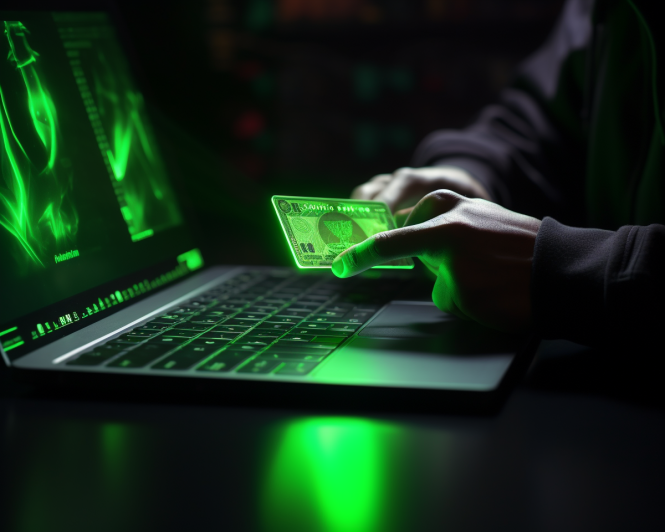If you’ve spent much time online, you’ve probably heard of blockchain by now. Even if you know what it is, though, you may not understand how they work. Blockchain transactions may seem like a mystery, but they could be pivotal for tomorrow’s technology.
A blockchain is a distributed public ledger of digital information that anyone can see, but no one can change. This information on the blockchain represents some transaction, whether it’s monetary or something else. So these transactions are a central part of blockchain technology, but how do they work?
Let’s take a closer look at how blockchain transactions work. When you understand that, you can start to see their potential.
How Blockchain Transactions Work
Cryptocurrency isn’t the only application for blockchain, but it is the most popular. With that in mind, let’s use a crypto purchase to demonstrate how a blockchain works. First, you’d buy something with your crypto, and as soon as you do, the blockchain verifies it.
This is where the “distributed” part of blockchain technology comes into play. An entire network of computers verifies your transaction details like how much you spent, when it happened and so on. In most other public ledgers, this process would be the responsibility of one or two people, but on a blockchain, it’s distributed.
Once the network verifies your transaction, it stores it in a block. That block gets a hash, a unique code to identify it, then becomes part of the chain. As part of the blockchain, that record of your payment is locked into place permanently.
Benefits of Blockchain Transactions
You can probably already see a few advantages that this process holds. Since blockchains record all a transaction’s details and lock them into place, it makes fraud much harder. Since anyone can look up these transactions, anyone can see what actually transpired.
Blockchains’ distributed nature helps further prevent any malicious activity. The storage and verification on a blockchain occur across an entire network, not on one or two devices. To hack it, someone would have to hack the whole network, which would be virtually impossible.
These transactions are also relatively anonymous. Your real name and personal information won’t appear on a block, just your digital signature. In the case of crypto, your wallet’s public address will be visible, but that’s it.
Blockchain Applications
As we just illustrated, blockchains can be ideal for hosting payments, which is where cryptocurrency comes in. That’s not the only thing that this technology can do, though. One of the most promising applications is in the banking industry.
Some banks use blockchains to host international transfers since they make verification safer and more efficient. Other companies use them to confirm the identity of their online customers. As this technology becomes more popular, banks are finding new ways to capitalize on its security and efficiency.
Blockchains could also store patient information in healthcare systems. That would prevent costly or even dangerous mistakes and assure patients that they’ll receive the right care.
All kinds of contracts could run on blockchains, ensuring their security. Since it’s almost impossible to change a block, recording contracts in one would make sure there’s no fraud. This security would make many legal processes much more efficient and straightforward.
Blockchain Technology Could Drive the Future
Blockchain technology is still young, so it has a long, promising future ahead of it. As people keep finding new uses for it, its potential keeps growing. Many of tomorrow’s processes will likely run on blockchains.
Blockchain transactions can seem overly complicated at first, but the concept is relatively straightforward. Now that you know how they work, you can see why people talk about them so much.
Recent Stories
Follow Us On
Get the latest tech stories and news in seconds!
Sign up for our newsletter below to receive updates about technology trends














